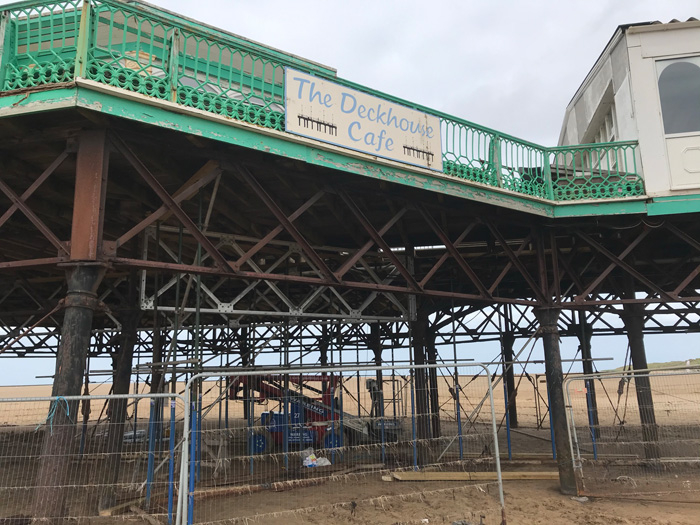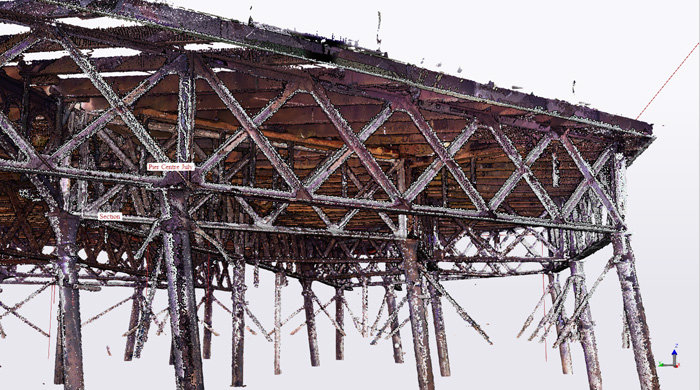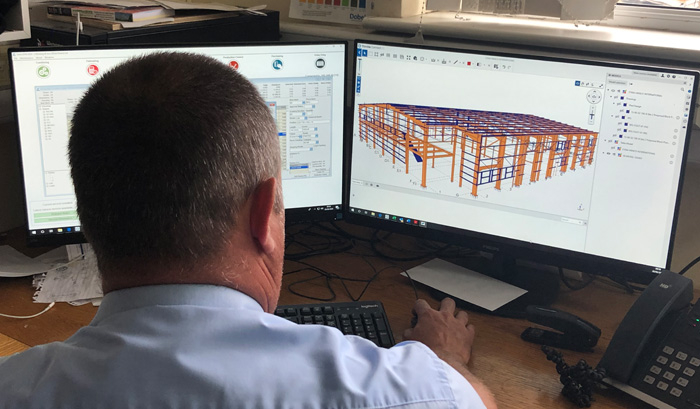Technology continues to play a transformative role within the fabrication business of Wareing Buildings as the UK steel framed building specialist advances its strategy of digitalising its operations
It was part of the company’s ‘smart digitisation’ strategy to digitise all of its operations, which it says will enable it to achieve an almost 10 per cent productivity gain. The ongoing development programme will be completed by 2023, with investment into Wareings’ additional buildings, equipment and technology set to total c.£1.8m.
Having begun using Tekla Structures in 2012, cloud-based Trimble Connect in 2017, followed by Tekla Structural Designer in 2018, Wareing Buildings was selected by Trimble to trial its PowerFab suite at a proof of concept stage in late 2019. Fast forward to present day, and the company has now utilised elements of the software on more than 1,000 of its projects. Doing so has provided customers with a truly enhanced experience when it comes to information modelling.
“We’ve had a very traditional set up for a long time; we’ve found ourselves drowning in post it notes and handdrawn designs which, though intended to offer the absolute best outcomes for our clients, are subject to errors because that’s human nature,” says Matt Hastwell, senior draughtsman at Wareing Buildings. “Digital technology, such as that within Trimble’s suite of Tekla software, Tekla has revolutionised how we work and will continue to shape our operations for many years to come.”
“There is traceability, accountability and every part of every project is centrally available to all parties – via Trimble Connect. All of this enables better coordination and visibility, both at an internal business level and also externally with clients.”
As a fifth-generation company, Wareing Buildings has utilised PowerFab as a way of bringing together its teams – all of whom have different levels of experience with digital technologies in construction – regardless of which stage in the project lifecycle they are responsible for. For example, in addition to material ordering and fabrication sequences, Wareing Buildings also applies PowerFab to the transport and logistics stage of its workflow, providing real-time information on what load is going on, to where and when.
“PowerFab’s usability and simplicity mean everyone has been able to adapt to it, and now, even those that didn’t own a smartphone or tablet before we introduced it are adept with it, and they shout about its benefits,” says Hastwell.
“PowerFab is extremely efficient when it comes to the transfer of data. By syncing up all elements of a project, we can further reduce the likelihood of human error. Tekla Structures, for example, automatically connects to all associated fabrication drawings, kit lists, material quantities and fabrication schedules, meaning that any change to the model is automatically reflected in all associated documentation. From there, the data within the model in Tekla Structures can feed into our CNC machinery, increasing accuracy and speed in production.
“Because people can see the difference it makes to clients, they’re more receptive to it and more willing to get to grips with it.”
Looking ahead, Wareing Buildings has set its sights on making more of Tekla’s PowerFab suite mainstream practice in its workshop, in order to continue transforming the service it can offer to clients. In recent months, it has begun using Trimble Connect for Hololens 2, a mixed reality technology, which enables it to overlay the 3D model, measurements and directions for fabrication onto the raw material.
“This technology can take us to some really special places,” says Hastwell. “Hololens is yet another thing we had never envisaged having at our fingertips but one which we now want to be able to use on every project because of the way it improves our operations. This is not a case of using innovation for innovation’s sake; it’s making a true commercial difference to our business and that of our customers, as we can pass on savings to them and use our time to offer greater levels of consultancy.
■ tekla.com ■ wareingbuildings.co.uk
Bringing an iconic Victorian pier back to life

For the redevelopment of St Anne’s Pier in Lancashire, a combination of Tekla Structures and tried and tested laser scanning technology enabled Wareing Buildings to create an exact 3D replica of the iconic Victorian jetty, built in 1885. The software detects when there are clashes between components – those which typically go unspotted in 2D drawings and can lead to additional expenditure and resources to rework and refabricate steel components – so the company could measure, plan, build and deliver its renovations with guaranteed accuracy.
“The technology’s intelligence has made such a difference and has improved the level of accuracy we can offer customers, to such an extent that we’ve utilised it on the redevelopment of our own facility,” says Matt Hastwell, senior draughtsman at Wareing Buildings.

If you enjoyed this article, subscribe to our email newsletter or print / PDF magazine for FREE







